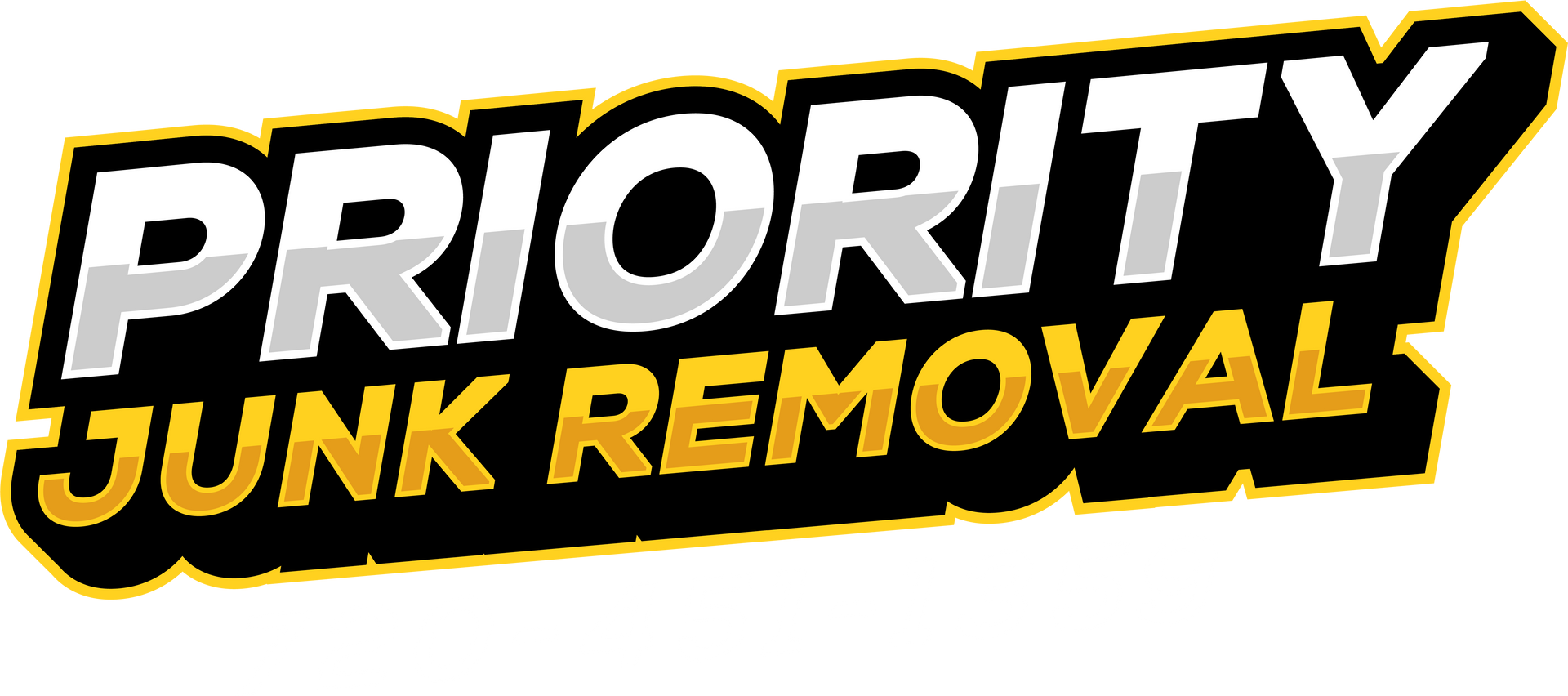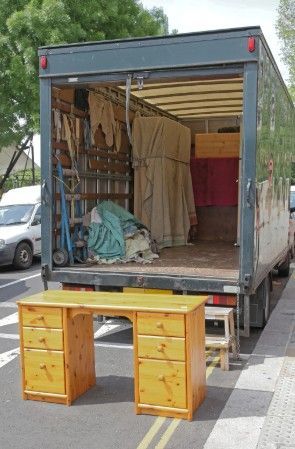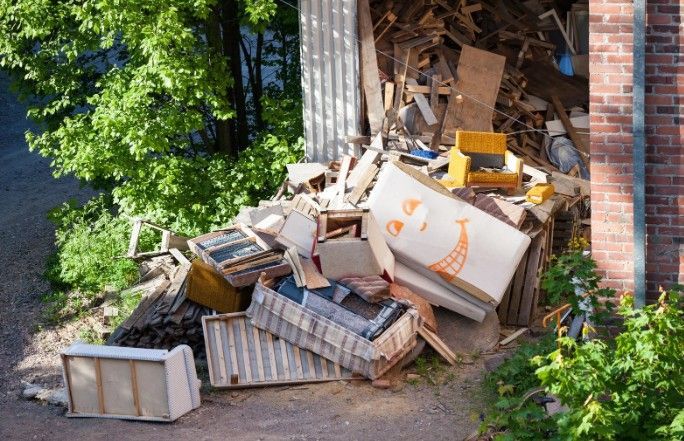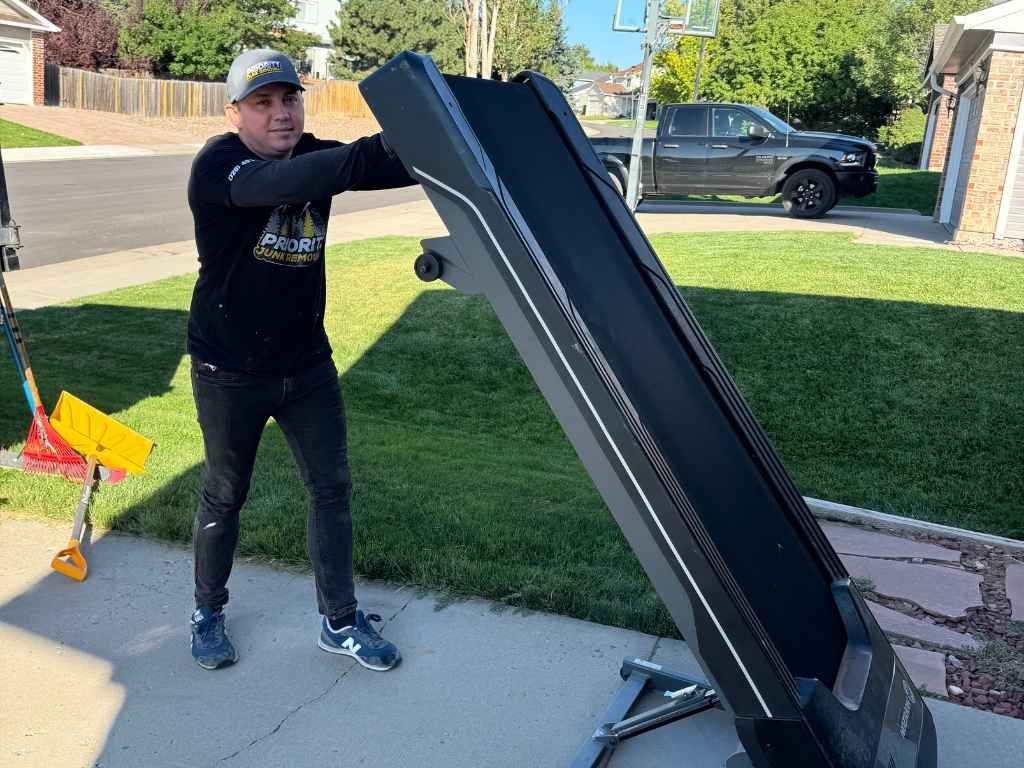Shed Demolition: A Comprehensive Guide
Sheds can be a blessing and a burden. They offer storage, a workspace, and even a quiet retreat, but when they start to deteriorate or become an eyesore, it’s time to face the reality — demolition. Tearing down a shed isn’t just about smashing wood and hauling debris; it requires a strategic approach to ensure safety, efficiency, and environmental responsibility.
Whether you’re dealing with rotting wood, rusty metal, or just a structure that’s become home to more pests than tools, knowing the right steps and considerations can make the process smoother and less stressful. This comprehensive guide explores the ins and outs of shed demolition, helping you decide when it’s time to tear down and how to get it done without unnecessary headaches.
When is Shed Demolition Necessary
Sheds, like anything else, have a lifespan. Over time, weather conditions, pests, and general wear and tear can compromise the integrity of the structure. If you notice sagging roofs, water damage, unstable foundations, or excessive mold and mildew, it’s probably time to take action. Structural damage isn’t just unsightly — it can be dangerous.
A collapsing shed can harm nearby property or people, and it may also attract pests that can invade your home. In some cases, repairs might be an option, but if the cost of fixing the shed exceeds its value, demolition becomes the more logical solution. It’s also important to consider local regulations; some areas require permits or specific disposal methods for demolished structures.
Preparation Before Shed Demolition
Proper preparation can make the demolition process safer and more efficient. Start by emptying the shed completely. Remove any tools, chemicals, or personal belongings. Check for hazardous materials like asbestos or lead-based paint, as these require special handling.
Disconnect any electrical connections and plumbing lines to avoid accidents. It’s also a good idea to inspect the surrounding area. Make sure there’s enough space for debris removal and that no valuable landscaping or property will be damaged during the process. Safety gear is a must — gloves, goggles, heavy-duty boots, and a dust mask should be part of your demolition outfit.
Methods of Shed Demolition
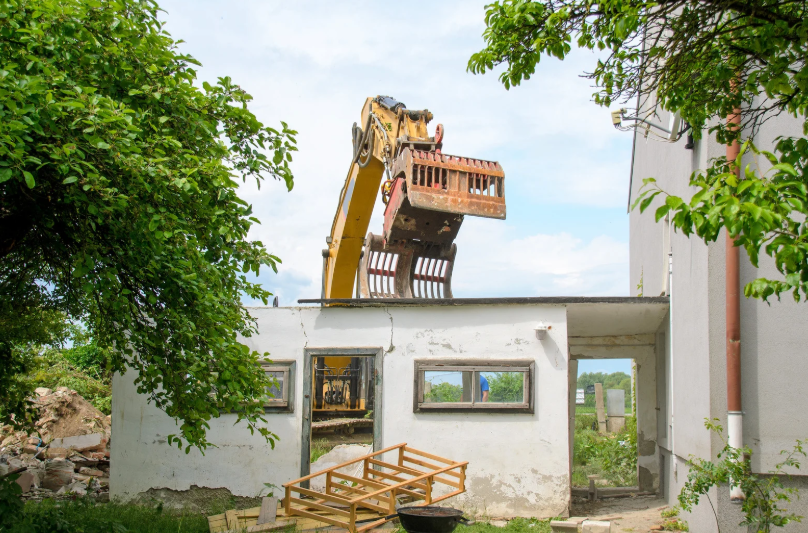
There are two primary approaches to shed demolition: manual and mechanical. Manual demolition involves using hand tools like hammers, crowbars, and saws to take the shed apart piece by piece. This method is ideal for smaller sheds or situations where you want to salvage materials.
Mechanical demolition, on the other hand, involves using heavy equipment like excavators or bulldozers to tear down the structure quickly. This is faster and more efficient for larger sheds or those in poor condition. Whichever method you choose, work systematically. Start with the roof, then move to the walls, and finish with the floor and foundation.
Environmental Considerations
Demolition creates a lot of waste, but not all of it has to end up in a landfill. Wooden beams, metal fixtures, and even old doors can often be recycled or repurposed. Before you begin demolition, contact local recycling centers or donation facilities to see what materials they accept.
Proper disposal of hazardous materials like paint, insulation, and treated wood is crucial for environmental safety. Hiring a professional demolition service can help ensure that waste is handled responsibly and in compliance with local regulations.
Safety During Demolition
Demolition work can be dangerous if not approached with caution. Falling debris, exposed nails, and unstable structures pose significant risks. Always wear protective gear and work with a partner if possible. Be mindful of sharp objects and watch for structural weaknesses that could cause sudden collapses.
If you’re using power tools or heavy equipment, make sure you’re trained on their operation. Keep a fire extinguisher and first aid kit nearby in case of accidents. If at any point the demolition feels unsafe or beyond your capability, don’t hesitate to call a professional.
What We Offer
- Full Shed Demolition: We handle the entire shed demolition process from start to finish. Our team assesses the structure, secures the necessary permits, and safely tears down the shed using the most efficient methods. We ensure that debris is sorted and disposed of properly, leaving your property clean and ready for whatever comes next.
- Partial Shed Demolition: Sometimes a full teardown isn’t necessary. If only part of your shed is damaged, we can perform targeted demolition to remove the affected areas while preserving the rest of the structure. This approach minimizes waste and can save you money compared to a complete rebuild.
- Debris Removal and Disposal: Demolition creates a mess, but you won’t have to worry about it. We haul away all debris, including wood, metal, roofing materials, and hazardous waste. Our team follows environmentally responsible disposal practices to keep as much material out of the landfill as possible.
- Site Cleanup and Preparation: Once the shed is gone, we make sure your property is ready for its next use. We level the ground, remove any remaining debris, and fill in holes or uneven spots. Whether you’re planning a new shed, garden, or patio, we leave your space looking pristine.
Benefits
- Stress-Free Process: Shed demolition can be overwhelming, but we make it easy from start to finish. We handle everything — from securing necessary permits and assessing the site to demolition and final cleanup. You won’t have to lift a finger or stress about a thing. Our experienced team ensures the process is smooth and hassle-free, giving you peace of mind throughout.
- Increased Property Value: An old, deteriorating shed can be an eyesore and a drag on your property’s value. Removing it instantly creates more usable space and boosts curb appeal. A clean, open yard makes your property more attractive to potential buyers or renters, increasing market value and overall desirability.
- Safety and Hazard Reduction: A neglected shed isn’t just ugly — it’s dangerous. Rotted wood, rusted nails, and structural instability can lead to injuries or pest infestations. Removing the shed eliminates these risks, creating a safer outdoor space for your family and pets to enjoy without worry.
- Environmentally Responsible Disposal: We take eco-friendly demolition seriously. After dismantling your shed, we separate recyclable materials like wood and metal, reducing landfill waste. Our team follows proper disposal protocols to minimize environmental impact, ensuring your project is as green and responsible as possible.
- Customized Solutions: No two sheds are the same, so why settle for a one-size-fits-all approach? We assess the size, materials, and condition of your shed to develop a tailored demolition plan. This ensures a faster, more efficient process with minimal disruption to your property.
Why Shed Demolition Matters for Your Property
An old shed isn’t just an eyesore — it’s a potential hazard that can negatively affect your property’s safety and value. Over time, weather damage, pests, and mold can weaken the structure, making it unstable and unsafe. A decaying shed can attract termites, rodents, and other pests, which can spread to other parts of your home. Additionally, hazardous materials like asbestos or old paint could pose health risks if disturbed.
Removing an old shed improves the overall look of your property and makes your yard more functional. A cleared space opens up new possibilities — you could install a garden, build a new shed, or create a patio or seating area. Professional demolition ensures the job is handled correctly, reducing the risk of damage to your home or landscape while ensuring safe disposal of materials. Investing in demolition now can prevent costly repairs and protect your property in the long run.
Signs Your Shed Needs to Go
Not sure if your shed is beyond saving? There are clear warning signs that it’s time for demolition. A sagging or leaking roof is a major red flag — water damage can cause rot and mold, compromising the structure’s integrity. Mold and mildew not only weaken the shed but also pose health risks. If the walls or floor show signs of rot, or if you notice pests like termites or rodents, it’s likely time to tear it down.
An unstable foundation is another indicator that the shed is no longer safe to use. Ignoring these issues could lead to a complete collapse, which might damage nearby structures or cause injury. Professional demolition eliminates these risks and clears the way for a fresh start.
The Best Way to Approach Shed Demolition
Taking down a shed isn’t as easy as grabbing a hammer and going to work — it requires a strategic and careful approach. Start by thoroughly inspecting the shed for signs of damage and hazardous materials like lead paint or asbestos, which require special handling. Disconnect any utilities such as electricity or water to avoid accidents during demolition.
Manual demolition is ideal for smaller sheds, while larger or heavily damaged sheds might require heavy machinery. Professional demolition services streamline the process, handling the permits, safety measures, and debris removal.
Conclusion
Shed demolition might seem like a daunting task, but with the right approach and professional help, it doesn’t have to be. Over time, sheds can deteriorate, become unsafe, or simply take up valuable space in your yard. Removing an old or damaged shed can instantly improve the look and functionality of your property. Plus, it opens up new possibilities for landscaping, a garden, or even a new outdoor structure.
The process can be tricky, especially if the shed has electrical wiring or is attached to a foundation — that’s where the experts come in. If you’re ready to reclaim your space and boost your property’s value, contact Priority Junk Removal at 6091 South Spotswood Street, Littleton, Colorado 80120, United States. Call 720-451-1359 or email priorityjunkremoval@gmail.com to schedule your service today.
